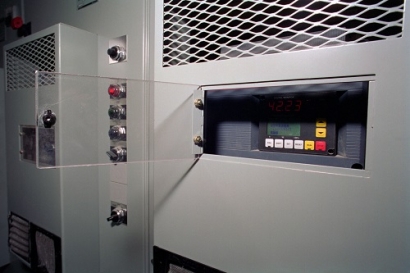
As the global electric power industry shifts toward a cleaner, distributed energy ecosystem known as the Energy Cloud, energy efficiency programs are also evolving. Electric energy efficiency in North America is moving to integrate other distributed energy resources (DER) to help ensure grid reliability, meet state and provincial efficiency requirements, and help some localities meet their emissions reduction targets or other energy goals.
“The developing use cases and the increasing integration of utility energy efficiency programs with DER suggest continued growth of energy efficiency over the coming decade as more connected devices come online, and utilities simultaneously work to ensure grid reliability,” said Brett Feldman, research director with Navigant Research.
According to the report, decreasing technology prices and the possibility of third-party program administration—vendors and service providers that contract with utilities or other program administrators to manage energy efficiency programs—are also driving energy efficiency spending in North America. While steady growth is expected to continue through the decade, regulatory inconsistency, tight pricing margins, and a market saturation of energy efficiency technologies present challenges.
The report, North American Utility Energy Efficiency Program Implementation, analyzes the North American energy efficiency implementation market. The study examines drivers behind the newly developing business models for energy efficiency as well as implementation challenges. North American market forecasts, segmented by energy sector and country, extend through 2028. The report also profiles key energy efficiency implementers and provides recommendations for both implementers and utilities looking to expand their offerings in the evolving energy efficiency space.

